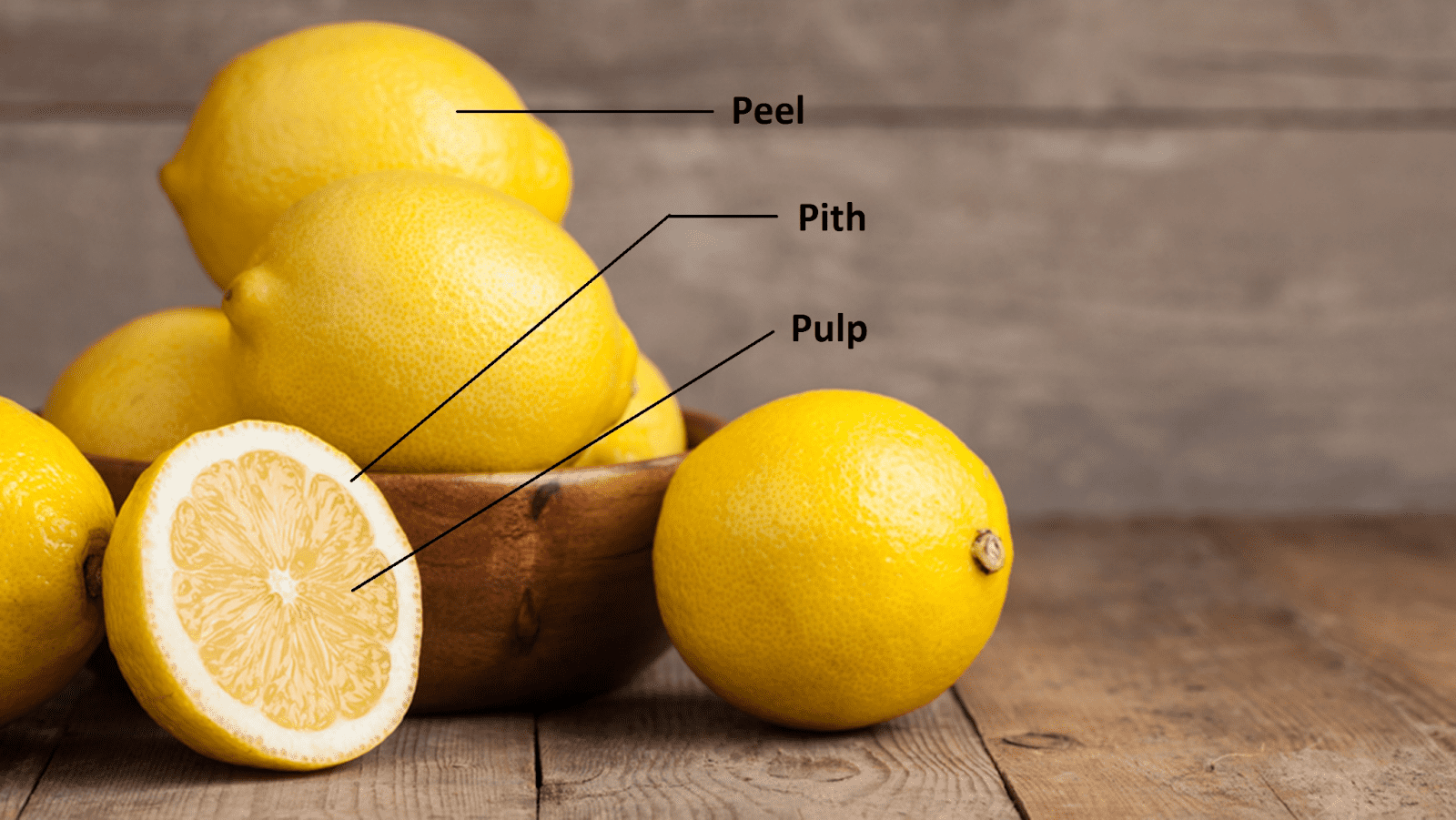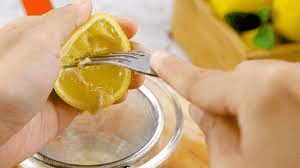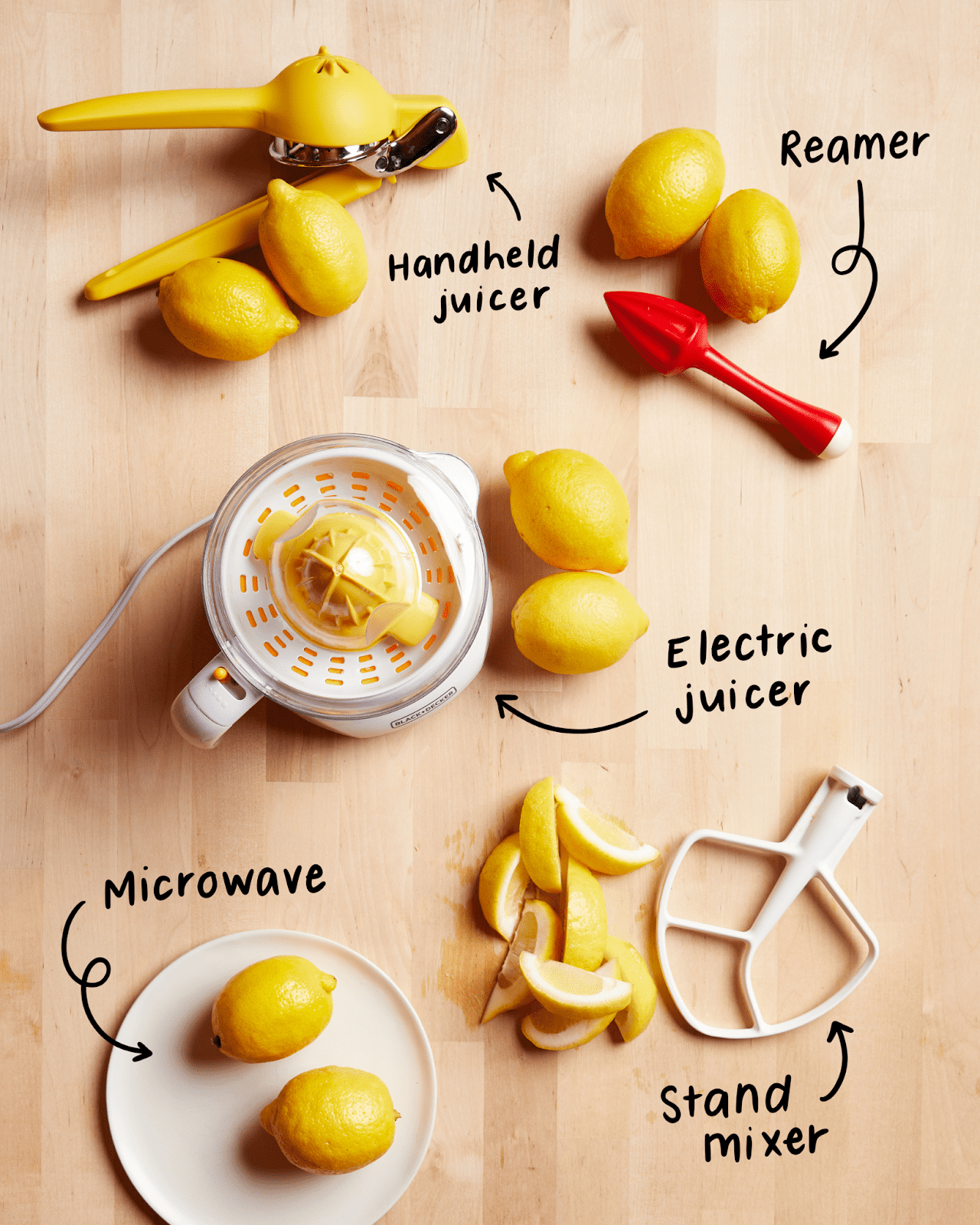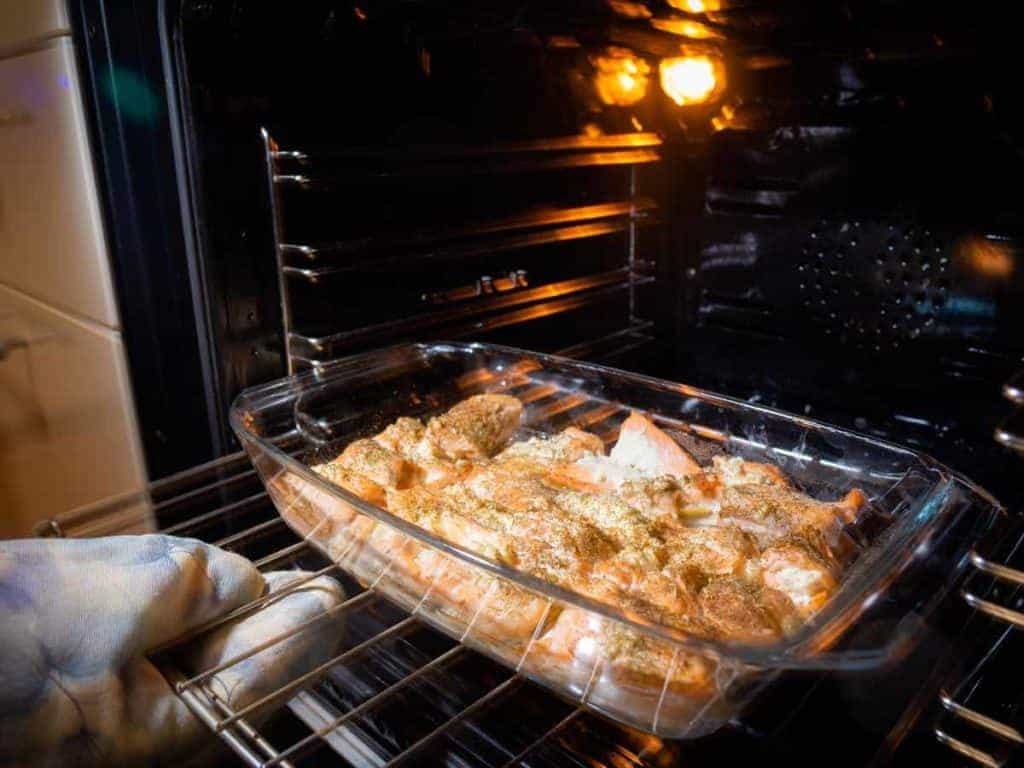Lemonade! A glass of immense pleasure is enough to quench your thirst. It is needless to mention the health benefits of this wonder fruit. However, to prepare lemonade we need to juice the lemon first.
Are you trying to figure out how to juice a lemon? Like whether or not to peel it? Both are peeling and not peeling before juicing have their benefits and drawbacks when it comes to lemons.
Do you know that the peel of the lemon is a hidden treasure that can be a boon for your health? HOW?
Lemon peel consists of vitamin c and a good amount of fiber which can provide 9% of Daily Value(DV) in just 6 g (Powered form)

When it comes to juicing the lemon peel :
However, if you leave the skin on, the amount of skin you ingest does make a difference and can be harmful to you as it is hard on your stomach and can cause digestion problems.
Additionally, even if you are juicing the peel, ensure that you wash it before the use since you never know what’s lurking behind the skin.
If you wonder whether you can put the whole lemon in the juicer :
As discussed above, lemons with the peel can be juiced in an electric juicer. However, fresh lemon juice can be made by juicing whole, half, or quartered lemons. However, processing the peel results in a bitter juice that most people dislike.
Firstly, lemon peels are safe to eat. They are nutritious because they include several vitamins, minerals, and fiber.
Did You Know?
The citrus aroma that we all love in the lemon zest is a compound called D-limonene. Research says it is an organic compound found in the lemon peel, responsible for reducing triglycerides, blood sugar, and blood pressure.
Secondly, lemon seeds aren’t toxic when consumed in a moderate amount. They are beneficial to your health, but they are sometimes considered harmful due to their very bitter flavor. The medicinal component salicylic acid, which can be found in lemon seeds, gives them their bitterness.
What does a lemon consist of?
Before we talk about whether the whole lemon is safe for juicing or not, we need to understand the chemical composition of a lemon.
Most importantly, the lemon peels (the outer surface), the pith (the white line), and the pulp.

The sour-tasting acidic compound in lemons is citric and malic acid. These are an excellent source for fighting bacteria and pathogens in the body.
Additionally, lemons have high concentrations of vitamin C, which helps in skincare and prevents us from vitamin C deficiency.
Fact To Know: Do you know the difference between Citric acid and Vitamin C? Well, many of us are confused with the two as the same compound. However, both are completely different as Vitamin C is ascorbic acid. Both have their different importance in health benefits.

Source: Edu.rsc.com
Pros and cons of putting the whole lemon in the juicer
As said earlier, peeling and not peeling lemons before juicing has advantages and disadvantages. Some of these are listed below.
| Advantages | Disadvantages |
| Time saves | Potential consumption of pesticides |
| Additional nutrients | Digestive problems |
| Extra pulp | Bitter taste |
| Intense flavor | Requires the use of a particular citrus juicer |
Advantages
TIME-SAVING – Not peeling lemons and juicing them with the peel takes much lesser time and is an easy task without any mess.
ADDITIONAL NUTRIENTS – As mentioned earlier, the lemon liquid and seeds have their nutrient contents beneficial for your health. Thus, having it in your juice can give you extra health benefits.
For instance, lemon peel is abundant in :
- fiber and vitamin C – Boosts immune system
- Antioxidants – Helps fight microbial infections.
- Antimicrobial and antifungal properties
- Flavonoids, vitamin C, and pectin – Help in reducing the risk of high blood pressure, high cholesterol, and obesity
- D-limonene reduces bad cholesterol and triglycerides in the blood
EXTRA PULP – Although the pulp is not for everyone, some people appreciate it in their juice. If you fall into the latter type, juicing your lemons with the peel-on will offer you a more fresh and natural taste.
INTENSE FLAVOR – The skin lemon liquids are where you’ll get the lemony flavor if you genuinely want it.
Disadvantages
POTENTIAL CONSUMPTION OF PESTICIDES – Pesticides are commonly utilized in agriculture. While these compounds are intended to keep insects from eating fruits and vegetables, they are also linked to substantial human health hazards.
Because the outer skin protects the flesh beneath from pesticides, many people choose to peel lemons. Therefore, it is highly recommended that you properly wash it before using organic lemons.
According to FDA, even if you are peeling the fruits or veggies, it is recommended to wash them properly to stop bacteria, pesticides, or dirt from transferring inside them.
DIGESTIVE PROBLEMS – If you’re not used to it, the skin of a lemon might be unpleasant to consume and hard to digest.
Peeling at least half of the lemon is recommended if you like to keep the rind intact but have not always done so. This will help your stomach adjust to the more difficult-to-digest foods.
BITTER TASTE – If you don’t peel your lemon, the juice will be bitter. Peeling is the preferable option if this does not appeal to you.
REQUIRES THE USE OF SPECIAL JUICERS – Lemon oil cannot be extracted from the skin of a lemon with a standard juicer. Only a lemon can be squeezed. You may need to invest a significant sum of money in an electric juicer.
EROSION OF TOOTH ENAMEL- Repetitive use of acidic food especially citric acid present in lemon, erodes the tooth enamel. If the eroded tooth is left untreated can lead to tooth decay.
How to Prepare Lemons for Juicing?
- Wash the lemons
- Peel the lemons (optional)
- Cut the lemon into smaller sections
- Juice lemons
Ways to Get More Juice from The Lemon
Squeezing all of the juice from the yellow fruit is a difficult task. Many of us are unsure how to squeeze out the lemon’s retained juice completely. Below is a list of things you can do to juice your lemons and get the most of them effectively.
Cut the Lemon Lengthwise

Cutting a lemon from top to bottom will help you get more juice. The more surface area is, the more juice it is likely to produce. More pulp is exposed by cutting the lemon lengthwise; the more juice is trapped.
Warm the Lemons.
To get more juice out of lemons, they must be softened. Simply pour a small or medium-sized bowl with warm water (avoid boiling water), drop the lemon in, and let it sit for 30-40 minutes before removing it.
Roll the Lemon

Roll an entire lemon against the slab or chopping board. Only use enough force to loosen the lemon without breaking it. This will help relieve the membranes in the lemon flesh, allowing more juice to stream out.
Heat the Lemon in A Microwave
Microwave a whole lemon for around 10-20 seconds before cutting it half.
Use a Fork

Squeeze the lemon after cutting it in half and inserting the fork tines into the pulp of one side. Rotate the fork once the juice begins to flow in the container. The fork’s pressure and pointed tines penetrate the lemon’s membranes, allowing more liquid to escape freely.
Different Ways of Juicing a Lemon
When juiced properly, a lemon can be very beneficial for yor health. Below are the different forms of juicing your lemon.
- Electric juicer
- Microwave
- Stand mixer
- Handheld juicer
- Reamer



![What Are Kitchen Sinks Made Of ? [13 Types+Pros & Cons] What Are Kitchen Sinks Made Of ? [13 Types+Pros & Cons]](https://houseadorable.com/wp-content/uploads/2022/01/Sink-MAterial.jpg)
![Granite Vs. Marble Vs. Quartz Countertops [12 Differences+Pros & Cons] Granite Vs. Marble Vs. Quartz Countertops [12 Differences+Pros & Cons]](https://houseadorable.com/wp-content/uploads/2022/03/quartz-marble.jpg)
![16 Types of Kitchen Faucets Explained [With Pros + Cons] 16 Types of Kitchen Faucets Explained [With Pros + Cons]](https://houseadorable.com/wp-content/uploads/2023/02/Roca_griferia_cocina_mencia_negro_DEF_900x505_acf_cropped-1@2x-250x250.jpg)
![16 Types of Kitchen Cabinet Finishes [Features + Pros & Cons] 16 Types of Kitchen Cabinet Finishes [Features + Pros & Cons]](https://houseadorable.com/wp-content/uploads/2022/10/cabinet-finish.jpg)
![How to Fix Peeling Thermofoil Cabinets? [Explained in 5 Simple Steps] How to Fix Peeling Thermofoil Cabinets? [Explained in 5 Simple Steps]](https://houseadorable.com/wp-content/uploads/2022/08/49aa0b2c1af4ed2592479ad036bb055b.jpg)
![How to Disinfect Wood Cutting Board? [5 Methods] How to Disinfect Wood Cutting Board? [5 Methods]](https://houseadorable.com/wp-content/uploads/2023/01/1466451602030.jpeg)